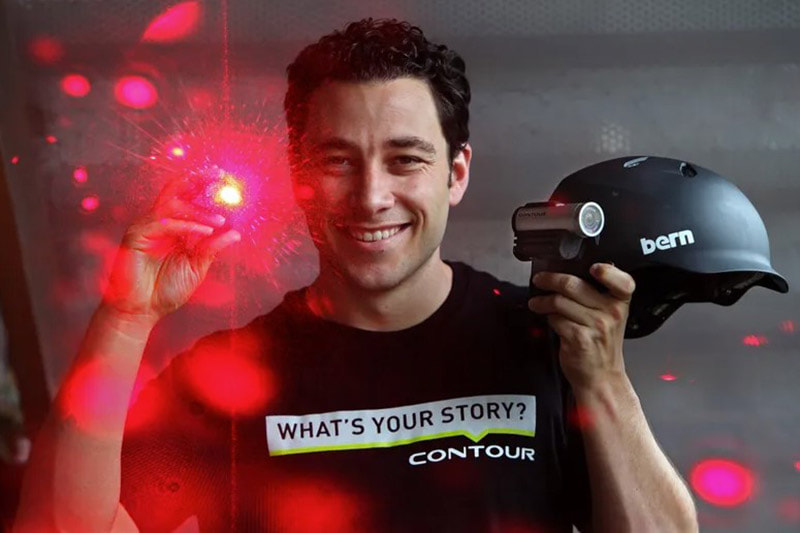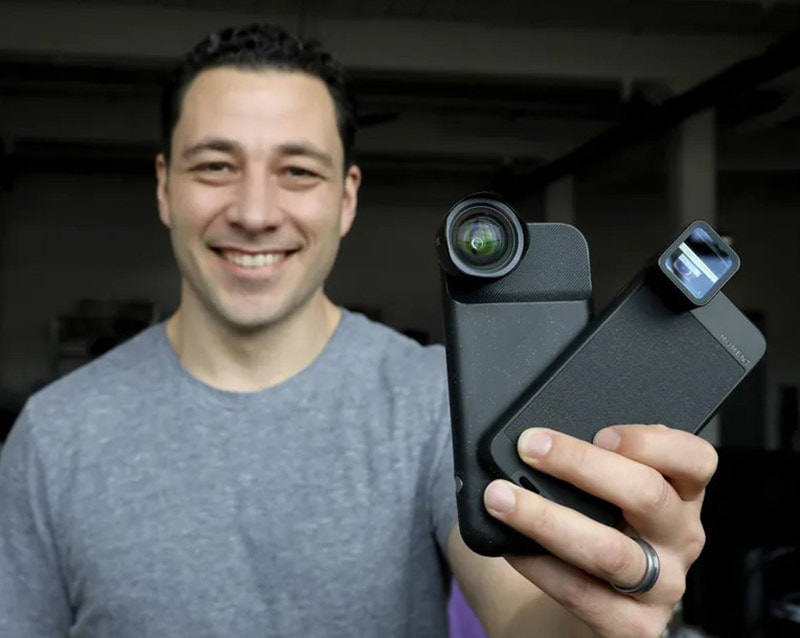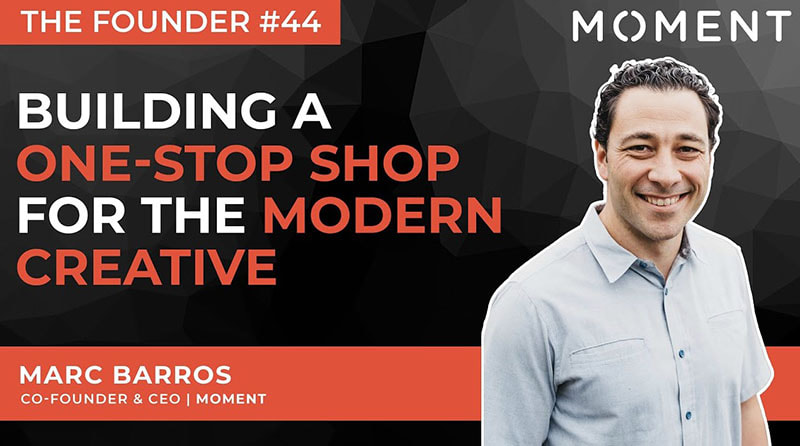Xin chào, tôi là Marc Barros, một doanh nhân, nhà sáng lập và người đam mê thể thao. Tôi đã dành cả sự nghiệp của mình để xây dựng những công ty đột phá trong lĩnh vực công nghệ và dữ liệu.
Giờ đây, tôi đảm nhận vai trò CEO của Chisholm United FC chuyên đánh giá top 10 trang cá độ bóng đá uy tín nhất Việt Nam, với sứ mệnh nâng cao tính minh bạch và độ tin cậy trong ngành cá cược thể thao.

Hành trình của tôi – Từ doanh nhân công nghệ đến chuyên gia nghiên cứu cá cược thể thao
Tôi bắt đầu sự nghiệp khởi nghiệp vào năm 2004 khi đồng sáng lập Contour, một công ty sản xuất máy quay hành động tiên phong, được bán tại hơn 40 quốc gia. Sau đó, tôi tiếp tục xây dựng Moment, một công ty chuyên cung cấp thiết bị và phụ kiện nhiếp ảnh di động, hỗ trợ các nhiếp ảnh gia sáng tạo nội dung chuyên nghiệp.
Sau nhiều năm hoạt động trong ngành công nghệ, tôi nhận ra một cơ hội lớn để áp dụng những kiến thức về dữ liệu và quản lý vào lĩnh vực cá cược thể thao – một thị trường đang cần sự minh bạch và công bằng hơn. Vì vậy, tôi quyết định chuyển đến Việt Nam và sáng lập Chisholm United FC, nơi tập trung nghiên cứu, đánh giá và kiểm định chất lượng các nền tảng cá cược.
Vai trò của tôi tại Chisholm United FC
Là CEO của Chisholm United FC, tôi chịu trách nhiệm định hướng chiến lược và xây dựng hệ thống đánh giá nhà cái chuyên nghiệp. Tôi tập trung vào việc phát triển các tiêu chí đánh giá minh bạch, ứng dụng AI, Big Data và Blockchain để phân tích và kiểm định các nền tảng cá cược.

Tôi tin rằng người chơi cần có quyền truy cập vào thông tin chính xác và đáng tin cậy trước khi quyết định tham gia cá cược. Đó là lý do tôi không chỉ dẫn dắt đội ngũ tại Chisholm United FC mà còn kết nối với các tổ chức cá cược thể thao hàng đầu thế giới nhằm mang lại những tiêu chuẩn cao nhất cho ngành này.
Tại sao tôi phù hợp với vị trí này?
Với hơn 20 năm kinh nghiệm trong lĩnh vực khởi nghiệp và quản trị doanh nghiệp, tôi đã học cách đưa những ý tưởng sáng tạo vào thực tế và tạo ra giá trị bền vững. Một số yếu tố giúp tôi đảm nhận tốt vai trò CEO của Chisholm United FC:
- Tư duy khởi nghiệp & lãnh đạo chiến lược: Tôi từng xây dựng Contour từ một startup nhỏ thành một công ty đa quốc gia. Điều này giúp tôi có cái nhìn dài hạn trong việc phát triển Chisholm United FC trở thành tổ chức nghiên cứu hàng đầu về cá cược thể thao.
- Kinh nghiệm về công nghệ & dữ liệu: Tôi ứng dụng AI, Machine Learning và Blockchain để nâng cao độ chính xác trong quá trình kiểm định nhà cái, từ đó mang lại sự minh bạch cao hơn cho ngành cá cược.
- Hiểu biết về thị trường cá cược thể thao: Tôi đã tham gia nhiều khóa đào tạo về quản lý rủi ro, phân tích tỷ lệ cược và đánh giá tính công bằng của các nền tảng cá cược.
- Khả năng cố vấn & phát triển doanh nghiệp: Tôi từng là cố vấn cho nhiều startup thông qua các chương trình như TechStars và Highway1, giúp tôi có khả năng xây dựng một hệ thống quản trị chuyên nghiệp và hiệu quả.
- Mạng lưới quan hệ quốc tế: Tôi có quan hệ hợp tác với nhiều tổ chức thể thao, công ty công nghệ và các hiệp hội cá cược, giúp Chisholm United FC mở rộng phạm vi ảnh hưởng và hợp tác với các tổ chức đánh giá cá cược uy tín toàn cầu.

Sứ mệnh và tầm nhìn của tôi tại Chisholm United FC
Tại Chisholm United FC, tôi không chỉ muốn xây dựng một tổ chức đánh giá cá cược thể thao, mà còn muốn định hình lại cách thị trường này vận hành. Một số trọng tâm tôi đang triển khai:
- Xây dựng hệ thống đánh giá cá cược thể thao minh bạch nhất
- Ứng dụng AI & Big Data để phân tích độ tin cậy của nhà cái
- Đưa ra các tiêu chuẩn đánh giá rõ ràng, giúp người chơi có thông tin minh bạch nhất
- Mở rộng Chisholm United FC ra thị trường quốc tế
- Hợp tác với các tổ chức đánh giá cá cược uy tín trên thế giới
- Tăng cường bảo vệ người chơi cá cược
- Phát triển nền tảng công nghệ cho cá cược thể thao
Tôi tin rằng với những đổi mới và cải tiến này, Chisholm United FC sẽ trở thành một trung tâm nghiên cứu cá cược thể thao có ảnh hưởng toàn cầu, mang đến những tiêu chuẩn đánh giá công bằng và minh bạch nhất.

👉 Khám phá thêm về hành trình của tôi và những đóng góp tại Chisholm United FC.
Liên hệ & Kết nối
📍 Website chính thức: https://marcbarros.com/
📍 Hồ sơ tại Chisholm United FC: https://chisholmunitedfc.com/author/marc-barros/
📍 Mạng xã hội của tôi:
- https://sites.google.com/view/marcbarroslakesat
- https://www.youtube.com/@marcbarroslakesat
- https://www.tiktok.com/@marcbarroslakesat
- https://www.facebook.com/marcbarroslakesat/
- https://x.com/marcbarross
- https://www.pinterest.com/marcbarroslakesat/
- https://www.tumblr.com/marcbarroslakesat
- https://www.google.com/maps/d/edit?marcbarroslakesat
- https://www.behance.net/marcbarroslakesat
- https://www.slideshare.net/marcbarros
- https://500px.com/p/marcbarroslakesat
- https://issuu.com/marcbarroslakesat
- https://slides.com/marcbarros
- https://hashnode.com/@marcbarros
- https://about.me/marcbarros
- https://telegra.ph/marcbarroslakesat-02-08
- https://gravatar.com/marcbarroslakesat